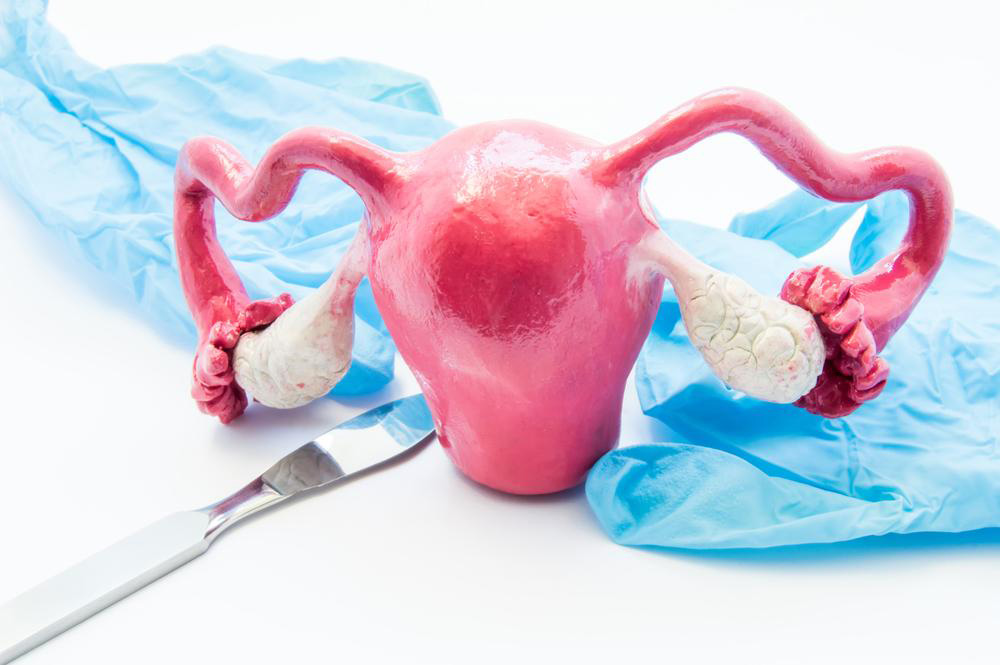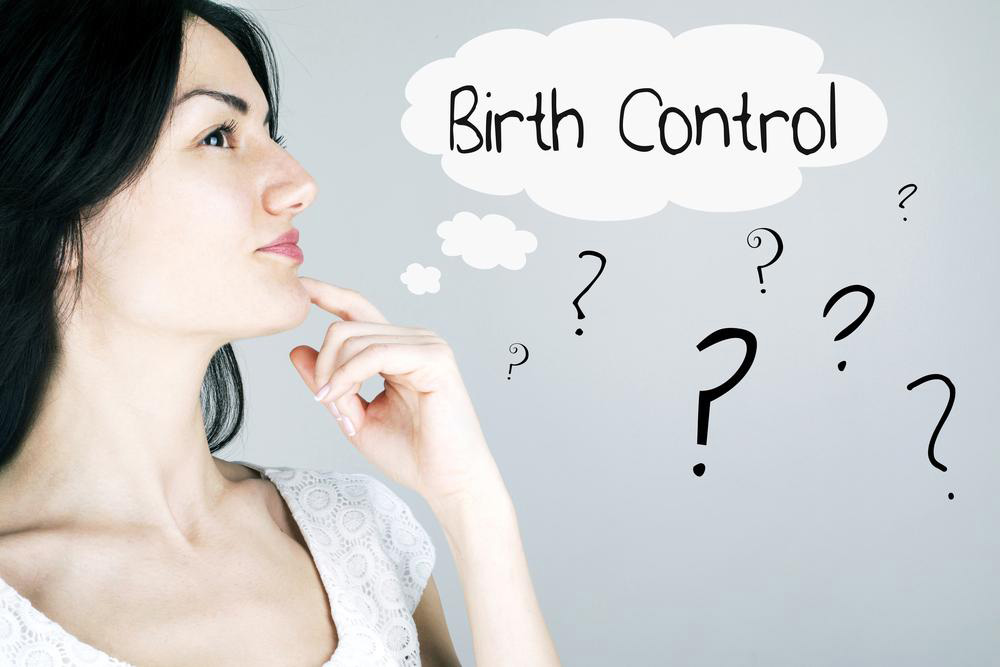Comprehensive Guide to Uterine Fibroids: Causes, Symptoms, and Treatment Options
This comprehensive guide explores uterine fibroids, discussing their causes, symptoms, types, diagnosis methods, and various treatment options. Understanding fibroids helps women and healthcare providers manage this common condition effectively and explore personalized treatment plans for better quality of life.

Uterine fibroids, also known as leiomyomas or myomas, are benign tumors that develop within the muscular wall of the uterus. They are among the most common reproductive health conditions affecting women globally, with studies estimating that approximately 30% of women will develop fibroids at some point during their reproductive years. These growths can vary considerably in size, number, and location, which subsequently influences the severity of symptoms and the appropriate treatment options. Understanding the nature of uterine fibroids is essential for women and healthcare providers to manage and treat this condition effectively.
What are Uterine Fibroids?
Uterine fibroids are non-cancerous (benign) tumors formed from the muscle tissue of the uterus. They originate in the smooth muscle cells within the uterine wall, also called myometrial cells. Though benign, fibroids can cause a range of symptoms that significantly impair quality of life. The exact pathogenesis remains unclear, but hormonal, genetic, and environmental factors are believed to play a role in their development.
Causes and Risk Factors
The precise cause of fibroids is still a subject of ongoing research; however, several factors are associated with an increased risk of developing these growths:
Hormonal influences: Estrogen and progesterone, primary female hormones, are thought to stimulate fibroid growth. Fibroids often enlarge during reproductive years when hormone levels are high and tend to shrink after menopause when hormone levels decline.
Genetics: Family history plays a significant role; women with a family history of fibroids are at higher risk.
Age: The incidence increases with age up to menopause, commonly affecting women in their 30s and 40s.
Ethnic background: African-American women are more prone to develop fibroids and tend to experience more severe symptoms at a younger age compared to women of other ethnicities.
Obesity: Excess body weight is linked to higher estrogen levels, increasing the risk of fibroids.
Other factors: High blood pressure, vitamin D deficiency, and certain dietary habits may also influence fibroid development.
Types of Uterine Fibroids and Their Location
Fibroids are classified based on their location within or on the uterus:
Submucosal fibroids: Develop just beneath the uterine lining and protrude into the uterine cavity. These often cause heavy menstrual bleeding and interfere with conception.
Intramural fibroids: Located within the muscular wall of the uterus. They are the most common type and can cause bulk-related symptoms like pelvic pressure and an enlarged uterus.
Subserosal fibroids: Situated on the outer surface of the uterus, extending into the pelvis. They may grow large and cause pressure on neighboring organs, leading to pelvic discomfort.
Pedunculated fibroids: Attached to the uterus by a stalk, either inside (intracavitary) or outside, sometimes causing torsion or pain.
Signs and Symptoms
Many women with fibroids experience no symptoms, especially when the growths are small. However, larger fibroids or those located in specific regions can lead to various clinical manifestations, including:
Heavy menstrual bleeding: This is one of the most common symptoms and can lead to anemia if severe.
Pelvic pain or pressure: Feeling of fullness or pressure in the lower abdomen or pelvis.
Frequent urination: Due to pressure on the bladder.
Pain during intercourse: Especially with fibroids located near the cervix or on the outer uterine surface.
Enlargement of the abdomen: Especially if fibroids grow large.
Complications in pregnancy: Including infertility, miscarriage, or preterm labor in some cases.
Diagnosis
Proper diagnosis involves a combination of clinical examination and imaging tests:
Pelvic examination: To feel for enlarged or irregularly shaped uterus.
Ultrasound: The most common imaging modality for confirming fibroids and assessing their size, number, and location.
Magnetic resonance imaging (MRI): Provides detailed images helpful in complex cases.
Hysterosonography or saline infusion sonography: Used to evaluate submucosal fibroids.
Hysteroscopy and laparoscopy: Minimally invasive procedures that can assist in diagnosis and treatment planning.
Treatment Options
The management of uterine fibroids depends on factors such as size, location, severity of symptoms, age, desire for future pregnancies, and overall health. Treatment options range from conservative management to surgical interventions:
Conservative and Medical Treatments
Observation: Small, asymptomatic fibroids often do not require intervention; regular check-ups are recommended.
Hormonal therapy: Gonadotropin-releasing hormone (GnRH) agonists can shrink fibroids temporarily by lowering estrogen levels, but are typically used short-term due to side effects.
Progestin-releasing intrauterine device (IUD): Can help reduce heavy menstrual bleeding.
Non-hormonal medications: Nonsteroidal anti-inflammatory drugs (NSAIDs) for pain relief.
Surgical Interventions
Myomectomy: Surgical removal of fibroids while preserving the uterus, suitable for women wishing to retain fertility.
Hysterectomy: Complete removal of the uterus, considered in severe cases or when fibroids are unresponsive to other treatments.
Minimally invasive procedures: Uterine artery embolization (UAE) to block blood supply to fibroids, causing them to shrink; MRI-guided focused ultrasound (FUS); laparoscopic or hysteroscopic surgeries.
Fibroid Ablation techniques: Less invasive options utilizing heat or cold to destroy fibroid tissue.
Complications and When to Seek Medical Help
If left untreated, large or multiple fibroids can lead to anemia, severe pain, or impact fertility. It’s important to seek medical advice if you experience symptoms like heavy bleeding, significant pelvic pain, or notice a sudden increase in abdominal size. Early intervention can help manage symptoms effectively and prevent complications like infertility or chronic anemia.
Living with Uterine Fibroids
Many women are able to manage fibroid symptoms with lifestyle modifications and medical treatment. Maintaining a healthy weight, managing stress, and regular gynecological check-ups are essential components of ongoing health. Advances in minimally invasive therapies continue to improve quality of life for women affected by fibroids, allowing for effective treatment with fewer side effects and shorter recovery times.
Conclusion
Uterine fibroids are a common condition that can significantly impact a woman’s health and well-being. Recognizing symptoms early and seeking appropriate medical evaluation are key to effective management. With a variety of treatment options available—from conservative measures to surgical interventions—women have access to personalized care tailored to their individual needs and reproductive plans. Awareness and timely intervention can help women lead healthy, symptom-free lives while maintaining their reproductive and general health.





